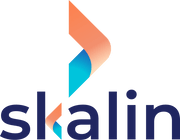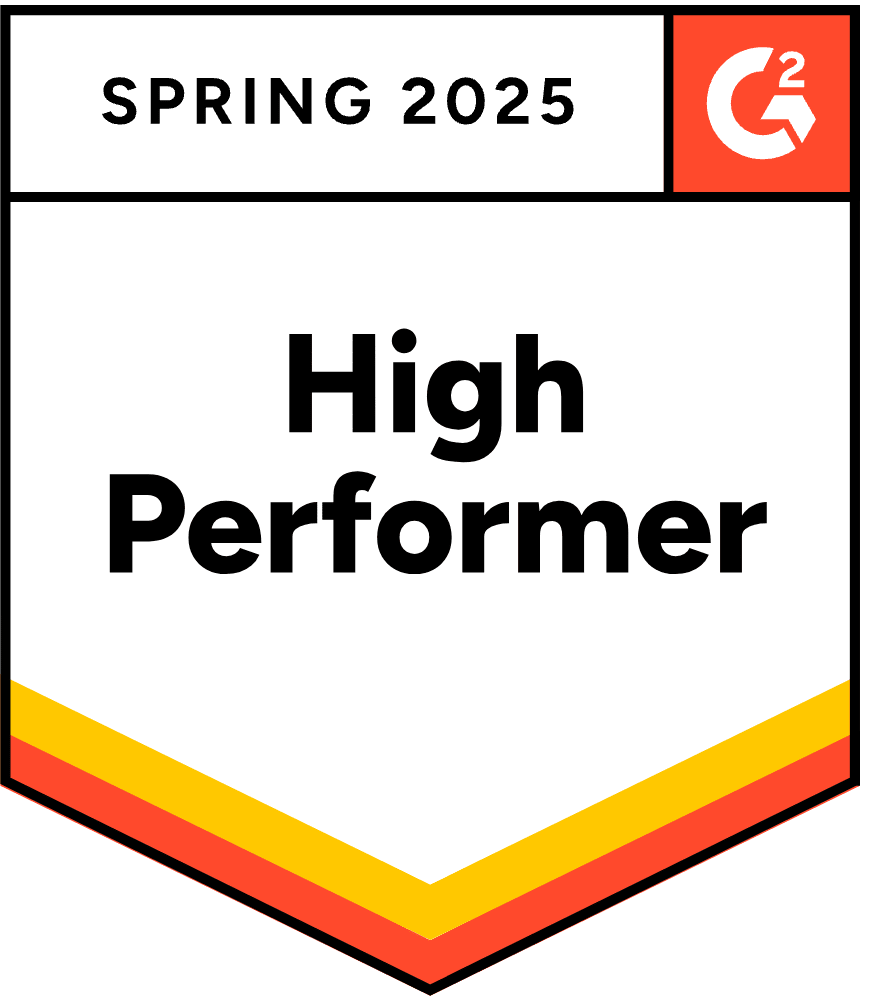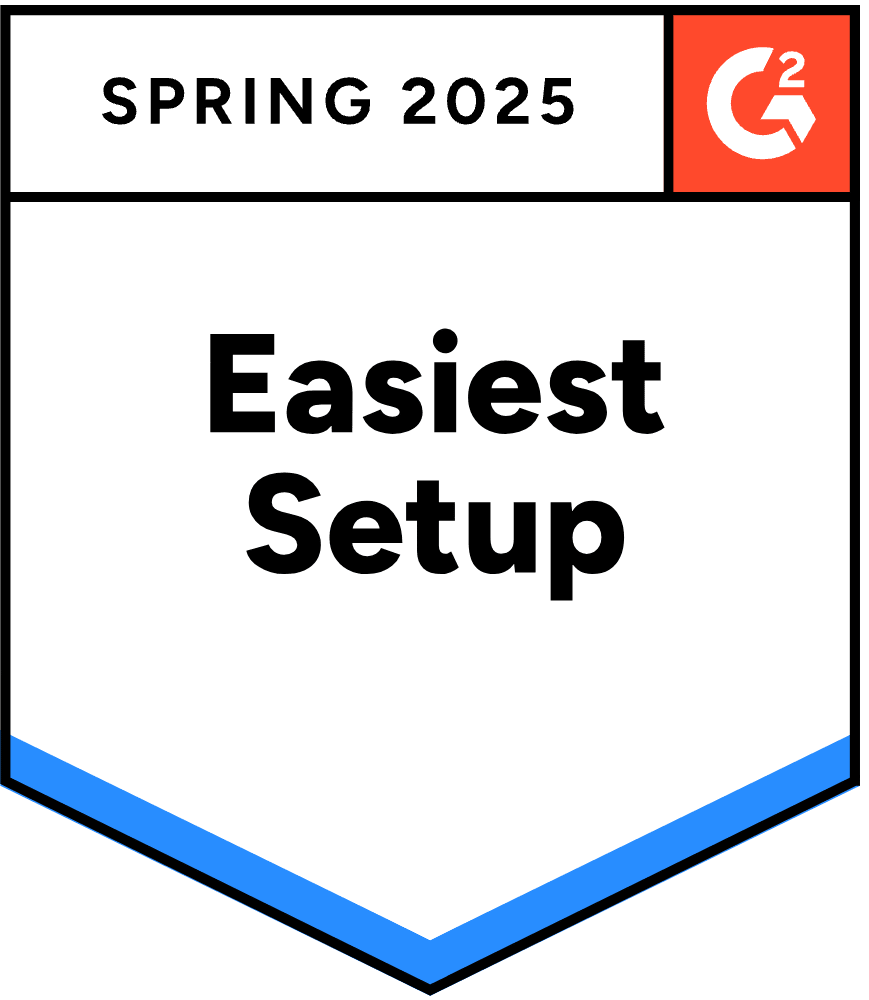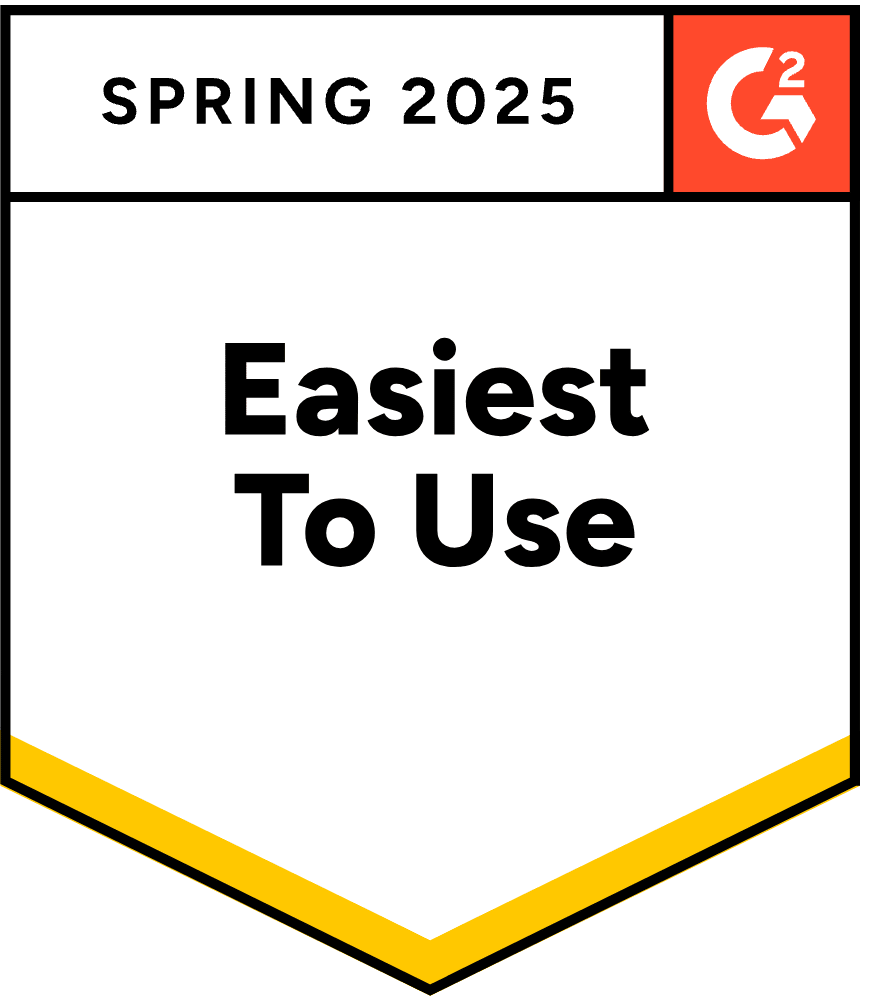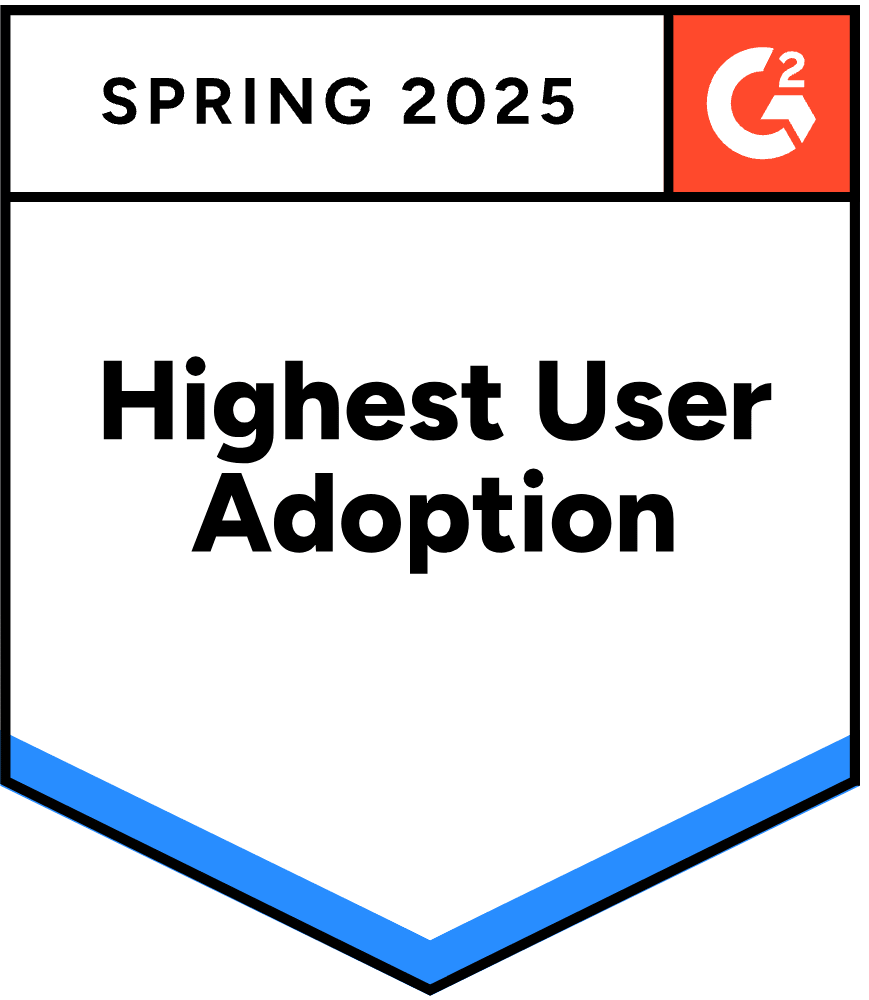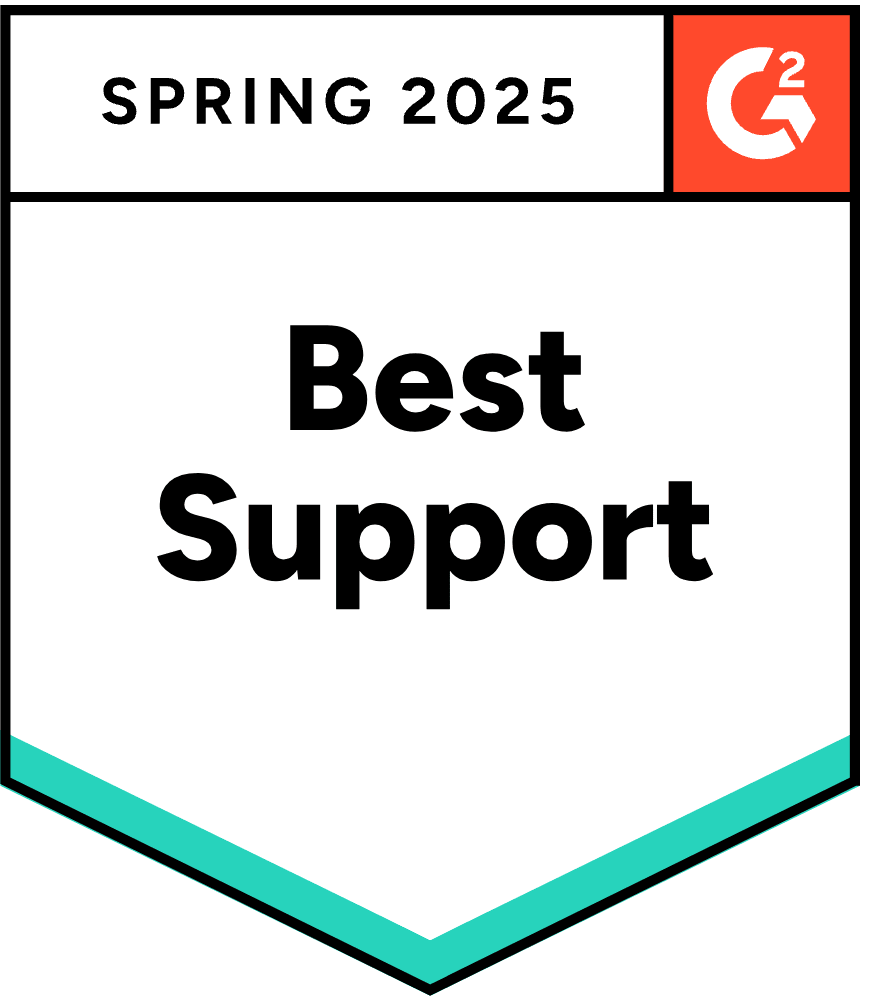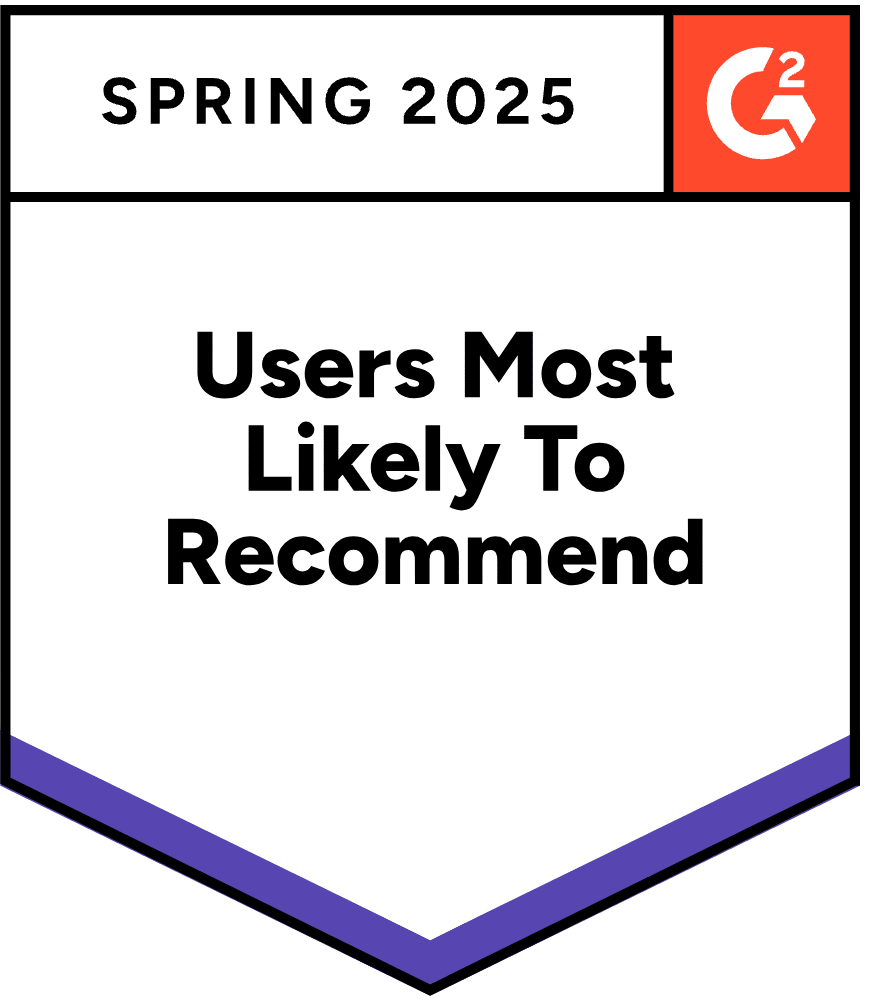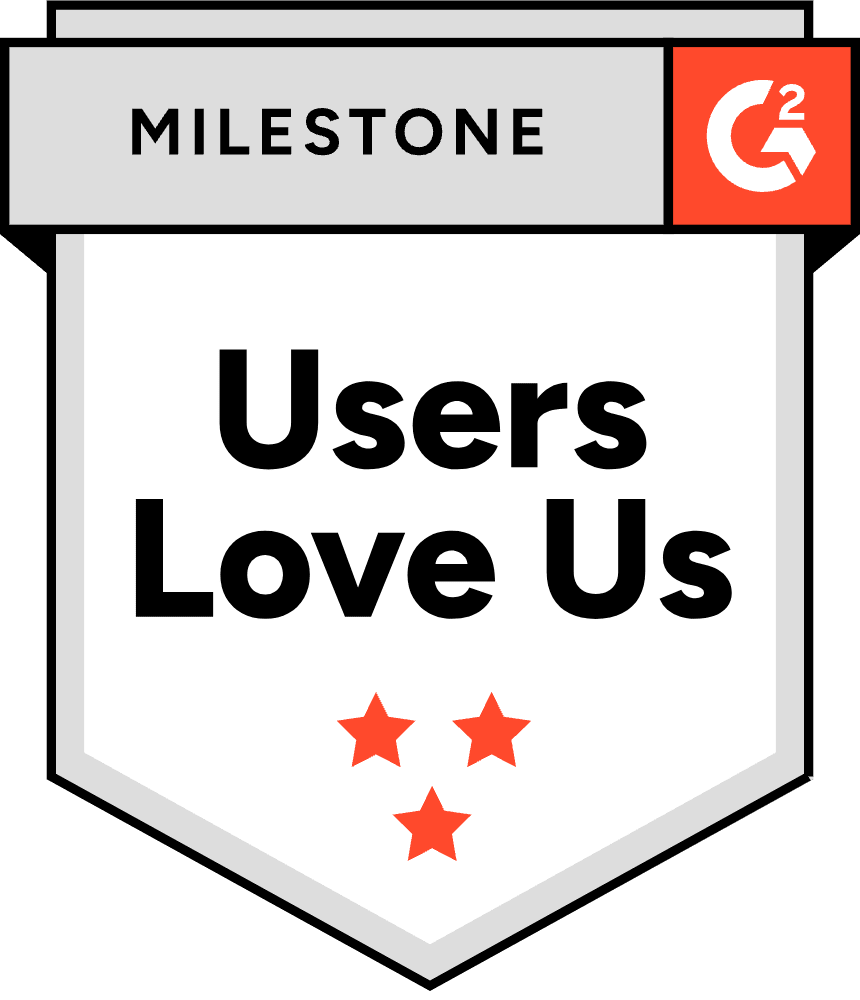Playbooks are invaluable allies for Customer Success teams, but prioritising them can be challenging. To assist you, here are 15 essential Playbooks!
Are your Customer Success Managers pressed for time? Is your customer base expanding rapidly? Is your team growing, necessitating process harmonisation? In all these scenarios, implementing Playbooks can be a wise strategy for streamlining the Customer Journey and automating the most time-consuming tasks. The problem: you may not know where to begin. Focus on these 15 essential Playbooks to kickstart your efforts.
1. Customer Qualification
Before implementing monitoring or onboarding playbooks, start with qualification playbooks. These will then enable you to create effective, personalised workflows.
In practical terms, you can qualify your customers based on several parameters:
Language of communication: To standardise the process, specify the language preferences of your customers. When a new customer joins, a playbook can determine whether they prefer French, English, a combination of both, or another language. Each new contact will automatically receive a tag indicating the customer's preferred language. For accounts with multiple languages, you'll be prompted to select the preferred language for each contact for future communications.
Subscription plan: Upon acquiring a new customer, a playbook can prompt you to specify their subscription plan. Why is this important? This information will impact subsequent playbooks. For instance, onboarding or support levels can be tailored based on the plan chosen by the customer.
Technology stack: This could include CRM, HRIS, or e-commerce platforms. Have the CSM qualify this information when a new customer comes on board.
2. Contacts Qualification
Similarly, before developing more operational playbooks, it's essential to understand how to respond based on the type of contact. Why? Because different contacts have different expectations. For instance, if your sponsor isn't utilizing the platform, that's acceptable. However, if your champion hasn't logged in for several weeks, there might be an issue.
This is where Contact Qualification Playbooks prove invaluable. They ensure the appropriate roles are assigned to the right individuals. The trigger condition can be set at the contact creation stage. However, this doesn't apply to pre-existing contacts. To address this, you can employ a catch-up playbook triggered after each interaction between the CSM and the customer if the contact hasn't been qualified previously.
Moreover, if you're dealing with a large customer base, you might become overwhelmed with requests during contact creation. Opt for a playbook triggered only during exchanges, such as via email or phone, enabling you to qualify contacts progressively.
3. Segmentation and allocation of accounts
This essential playbook begins by prompting the team manager to assign a CSM immediately upon the arrival of a new customer. The designated CSM receives a notification requesting them to specify whether the account is considered high-potential or not. Subsequently, the account is automatically categorized into a segment based on its potential and MRR.
Customers with both high MRR and high potential fall into a distinct category, differing, for example, from customers with high MRR but limited development potential.
4. Onboarding a new customer
The segmentation phase is crucial for crafting effective onboarding playbooks. You can tailor the onboarding process based on customer segments. For instance, it's advisable to provide personalized support to high-value customers, incorporating more human touchpoints. Conversely, for customers with lower Monthly Recurring Revenue (MRR), a digital pathway may be more suitable. The goal is to empower customers to complete as much of the onboarding process themselves as possible, leveraging self-service content in particular.
In practical terms, branching enables the creation of distinct onboarding scenarios tailored to your segments.
5. Onboarding a new user
Once the customer is in the operational phase, your users evolve and new ones are added. It's advantageous to create a playbook triggered when a new contact is created to provide them with essential information and contact points.
Possible communications include:
- An automatic welcome email.
- A welcome email approved by the CSM.
- Sending documentation.
- Sending the support address.
By introducing yourself to them, you mitigate the risk of users abandoning the platform due to a lack of understanding. They'll find it easier to reach out for assistance, distinguishing between satisfied users and those who disengage.
6. Helping you get to grips with SaaS
To promote platform adoption, we suggest triggering a scenario when a contact uses the solution for the first time. This also extends to the initial use of a specific feature. The concerned contact then automatically receives relevant content, such as a webinar recording on the topic or the URL to the documentation.
7. Reacting to a drop in account usage
If a customer isn't using your product as much as anticipated, one solution is to trigger a playbook when they've been inactive for a period. The duration of inactivity largely depends on your business, so it's essential to find the right balance. Subsequently, the playbook can send a Slack notification to the responsible CSM to inform them. Simultaneously, it can generate an automatic task for the assigned CSM in the Customer Success Platform.
Consider who to contact in this scenario. It's preferable not to contact everyone. This is where targeting the champion via the first playbooks becomes crucial: the champion is the key individual to engage with to obtain the necessary insights and find solutions. An example scenario involves sending an email, followed by receiving a task a few days later to verify if the appointment has been scheduled. The exit conditions, such as the contact's response or resumption of usage, will automatically conclude the playbook once the objective is achieved.
8. Responding to a drop in contact usage
The decrease in usage may be isolated to one contact rather than the entire account, requiring prompt action! For instance, if certain contacts within your account haven't logged in for 15 days, you'll receive a notification. Depending on the number of users under your management, it may be appropriate to target specific users, such as the "champion," to avoid being overwhelmed by notifications.
Furthermore, you can establish a split based on customer category. For a High Touch account, the CSM can assess whether the decrease in usage is typical or concerning. Conversely, for a lower-value account, a digitalised and automated approach is likely sufficient.
9. User Welcome-back
The final scenario regarding usage involves welcoming a user back after a period of inactivity on the platform. How can you encourage them to become more active and utilize the tool?
You can welcome them back by inviting them to training sessions. Additionally, if the user holds significance, you can arrange one-to-one meetings.
10. Follow-up plan by account type
The extent of customer follow-up varies according to the stage in the lifecycle and segmentation. Using a playbook automates these tasks, empowering the CSM to proactively manage accounts and facilitate your customers' advancement through the Customer Journey. That's right: the playbook does the thinking for you, allowing you to stay one step ahead in your customer interactions.
11. Create alerts to keep better track of customers
In addition to the proactive approach, consider the reactive aspect through alerting. For instance, if you're supposed to connect with your champion every 3 months and it's been 91 days since your last conversation, a scenario can be triggered to suggest scheduling a future meeting.
The action can be automatic, utilizing a pre-formatted email. Alternatively, you may opt to submit it to the CSM for validation, allowing for greater customization. If there's another touchpoint with the champion, the playbook halts. However, if there's still no response, you'll receive a reminder to send a follow-up email.
12. Reacting to a bad NPS
You've likely encountered this scenario before: a long-time customer provides a negative response in an NPS (Net Promoter Score) survey. A playbook can assist you in responding in a systematic manner to comprehend the concern. Allow a few days to pass before requesting the CSM to reach out to them, giving emotions a chance to settle. You can even assign a neutral team member, such as a support person, to manage these situations with minimal emotional involvement.
The objective is to suggest a meeting with this individual to understand what improvements they would like to see in the solution or in the relationship.
13. Asking for a Review
Have you received a positive NPS score? This could serve as an opportunity to request the customer to leave a review on an evaluation platform such as G2 or Capterra. In such instances, an automatic email will be prepared and ready to be sent. Additionally, each CSM can tag the contacts they deem relevant to ask for a review, even if they haven't responded to an NPS survey.
14. Action plan for Customers at Risk
You shouldn't wait until your customer's Health Score is in the red before taking action. The rationale is that improving an already poor score can be challenging. Essential in Customer Success are the playbooks that enable proactive measures before the score declines. Nonetheless, it might be beneficial to send a notification to the Slack CSM channel when an account's health deteriorates significantly. You can then segment the notification based on the type of customer to consider the level of effort you're willing to invest.
15. Anticipation of renewals
Finally, it's crucial to anticipate contract renewals. Take action 3, 4, or even 5 months before the renewal date to initiate appropriate measures.
In practical terms, you trigger a scenario based on the renewal date. Subsequently, you can employ a branching system depending on whether the customer is at risk and/or a strategic customer, enabling you to approach them differently. Implement a tailored action plan before sending reminders to ensure a smooth renewal process.
